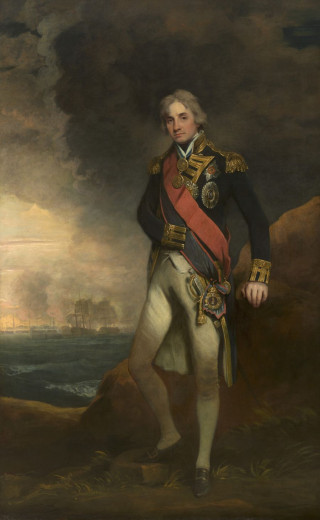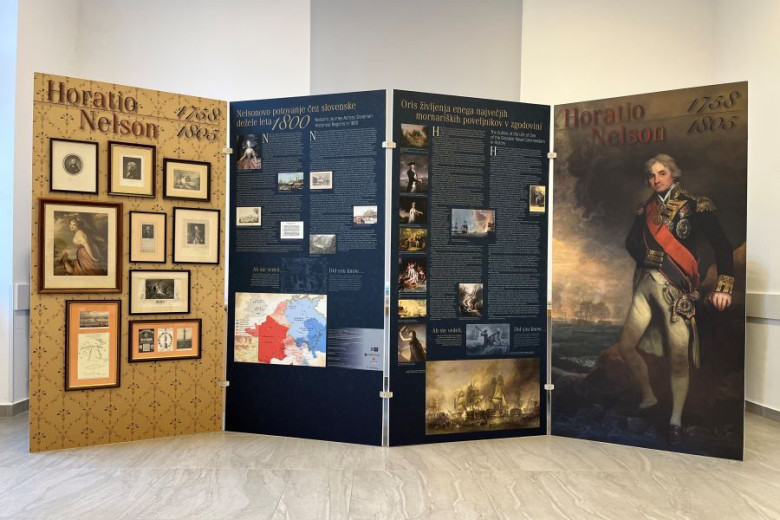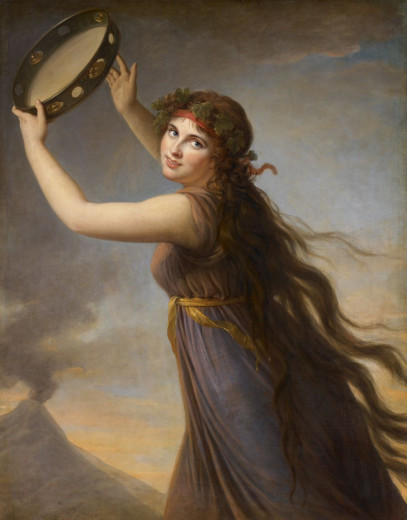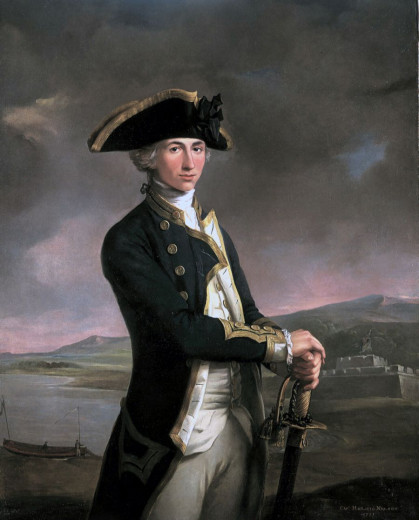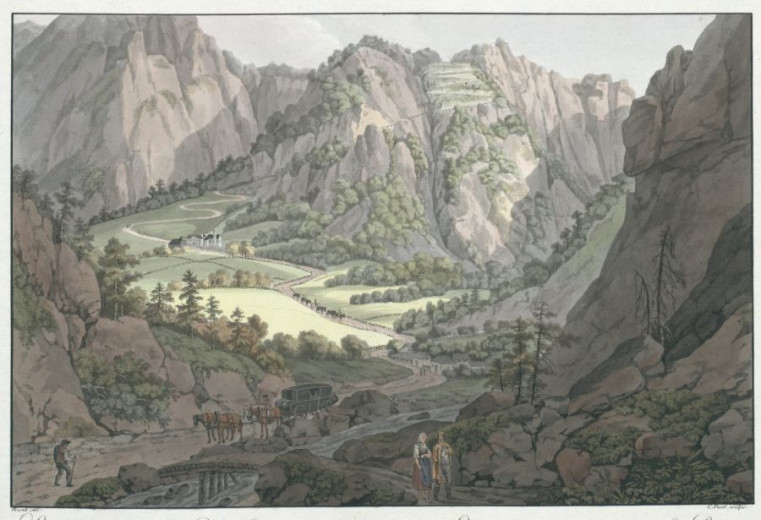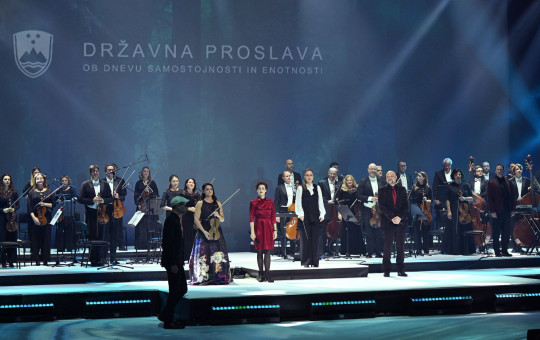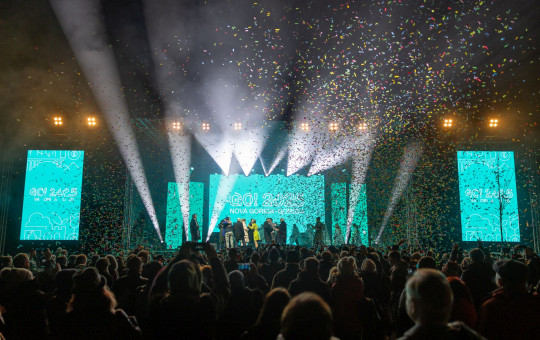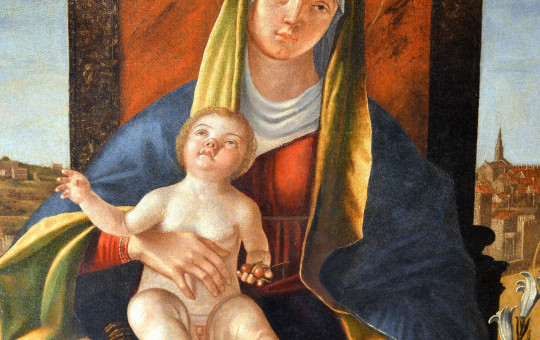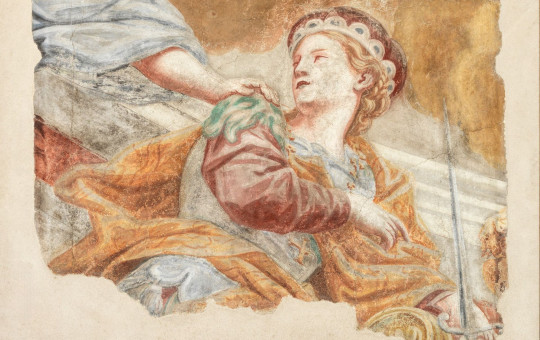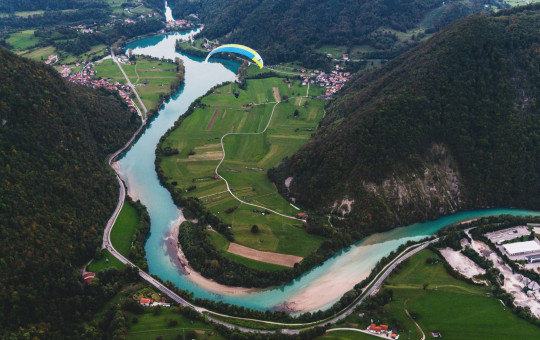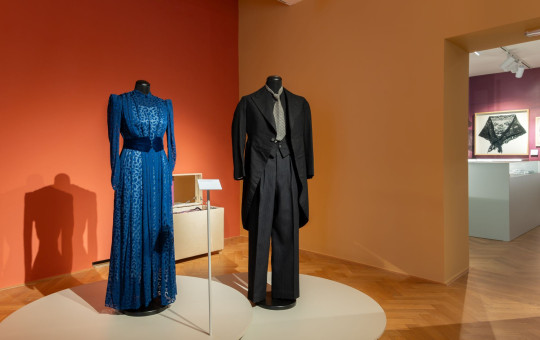Date: 23. November 2023
Time to read: 5 min
The Park of Military History in Pivka is hosting an exhibition on the life of Admiral Lord Nelson, his journey through the land of Carniola and the legendary Battle of Trafalgar in 1805, in which he led Great Britain to a remarkable victory over a united Franco-Spanish fleet.
At the beginning of September, a memorial plaque to the famous English admiral Horatio Nelson was unveiled at the Slon Hotel in Ljubljana, and an exhibition on his life and achievements was opened in the Park of Military History in Pivka.
Admiral Lord Nelson visited Slovenia in 1800 and stayed with his entourage in Ljubljana's only hotel at the time.
The unveiling of a plaque marking his stay was organised at the Slon Hotel in cooperation with the British Embassy in Slovenia and the British Ambassador, H.E. Tiffany Sadler, and The Nelson Society.
-
 President of the Nelson Society, Mr. Chris Brett, and the director of the Military History Park Pivka, Mr. Janko Boštjančič, next to the newly unveiled memorial plaque. Photo: Park of Military History Pivka
President of the Nelson Society, Mr. Chris Brett, and the director of the Military History Park Pivka, Mr. Janko Boštjančič, next to the newly unveiled memorial plaque. Photo: Park of Military History Pivka
-
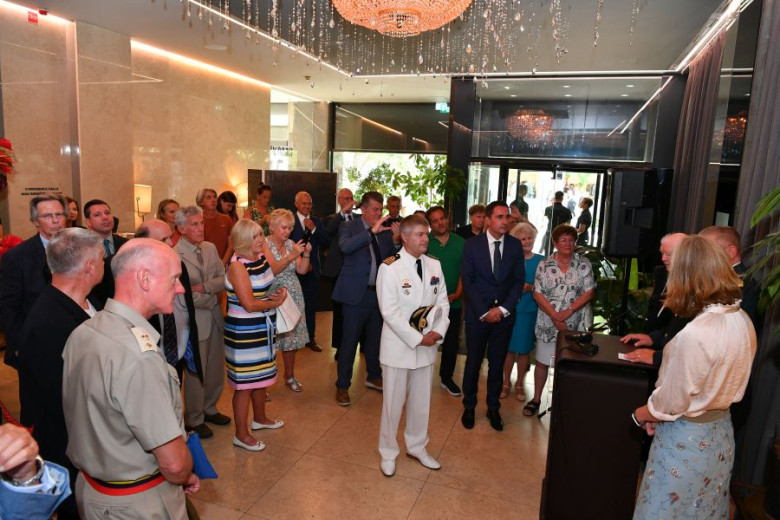 Ceremony marking the unveiling of the memorial plaque and the opening of the exhibition about Admiral Nelson in the lobby of the Hotel Slon. Photo: Park of Military History Pivka
Ceremony marking the unveiling of the memorial plaque and the opening of the exhibition about Admiral Nelson in the lobby of the Hotel Slon. Photo: Park of Military History Pivka
An exhibition on Nelson, one of the greatest naval commanders of all time, is now on display in the Park of Military History in Pivka.
Nelson's Journey Across Slovenian Historical Regions in 1800
Nelson, who on 1 August 1798, defeated Napoleon’s fleet in the battle of Aboukir Bay, at the estuary of the Nile, where he broke French dominance in the Mediterranean, was received with great honours after he had arrived in Naples, the capital of the Kingdom of Naples, on 22 September. King Ferdinand IV was the formal sovereign of the Kingdom of Naples and Sicily, but he was more interested in hunting and entertainment. The two kingdoms were therefore actually governed by his wife Maria Carolina, who was the daughter of empress Maria Theresa, sister of the beheaded Marie Antoinette, and concurrently the mother-in-law of the then Austrian Emperor, Francis II. During the turbulent period of the French attempts to conquer the Apennine Peninsula, Nelson established very close ties with the Royal family. He formed an especially intimate connection with Lady Emma Hamilton, the wife of the British Ambassador in Naples, Sir William Hamilton. They fell in love and their intimate relationship became a gradually escalating scandal.
In the year 1800, Lord Nelson decided to return to England along with the Hamiltons. Lord Keith, the commander of the British fleet in the Mediterranean, refused to grant Nelson one of the larger ships for their journey since he anticipated a potential battle with the French naval forces. Instead, Lord Keith offered him a smaller ship, which Nelson declined. Because queen Maria Carolina was also planning her own journey to Vienna, they decided that Nelson’s group would join her entourage. They agreed to travel to Vienna and made the decision that Nelson’s ensemble would then continue their journey to Hamburg on their own.
The royal entourage was comprised of 85 people, including Nelson’s group. They travelled to Livorno by sea, but then continued their journey through Italy to the port of Ancona by land. The Austrian Emperor sent a frigate Bellona, which was stripped of the majority of its combat power to ensure a greater level of comfort for the passengers. Nelson strongly advised against the use of said ship for the queen’s journey due to the risk of attack. Instead, they boarded two Russian military ships that had been poorly maintained and in a state of disrepair. The convoy that included two other Russian military ships, the Emperor’s frigate and several other vessels, finally sailed into the harbour of Trieste after four days of perilous sea voyage.
A significant portion of passengers were so exhausted they required medical assistance. The queen and her entourage were accommodated in the Grand Inn (Locanda Grande) while Nelson’s group settled at the Emperor’s Eagle Inn (Zum Kaiseradler). The official reception of the distinguished guests took place the following day when the governor of Trieste extended a warm welcome. To salute the queen, 21 cannon shots were fired in three salvoes. The presence of Admiral Nelson also attracted special attention – shouts “Vivat Nelson” echoed through the port city. The celebrations were followed by meticulous preparations for the journey to Vienna. The queen’s entourage was divided into two groups, which were set to travel a day apart. Nelson’s group followed them both the day after. All three groups carried a substantial amount of belongings with them – the queen’s group required 46 horses, the second group 36 horses, and Nelson’s group 25 horses. They travelled in 14 carriages and needed three additional wagons for their luggage. Anderson, the British Vice Consul in Trieste, also joined them since he was invaluable for the expedition because he was well-acquainted with the route to Vienna and familiar with the local conditions along the way.
Queen Maria Carolina left Trieste on Sunday, 10 August 1800. The city was gloriously illuminated, and the distinguished guests were greeted by a crowd of locals. Nelson’s group embarked on their journey to Vienna two days later.
The group made their first stop in Postojna, where they visited the renowned Postojna Cave and later enjoyed a meal at the La Fortuna Inn. They then continued their journey to Ljubljana, the capital of Carniola, where they received a warm welcome. However, they were slightly disappointed when they realised that the queen, who had travelled ahead of them, stayed in the Bishop’s Residence, while they were accommodated at the Elephant Inn (Gostišče Pri slonu).
In honour of the illustrious Admiral, who was victorious over the French naval forces, a musical celebration was held at the Ljubljana Philharmonic Hall. The orchestra commenced the event by performing Haydn’s Symphony No. 100 (also known as “Military”), followed by the aria “La virtù Brittana.” The concert was followed by a reception, attended by several distinguished guests. They were all proud to have had the opportunity to meet the renowned Admiral.
The group continued their journey the following day, on 15 August 1800, shortly after midnight. The upcoming leg of the journey posed a significant challenge – they had to ascend through the Ljubelj pass (1,367 m). At the summit, a magnificent view of the Drava River valley unfolded before their eyes. The route led them to Klagenfurt where they turned eastward. By nightfall, they reached the city of Graz.
On 18 August 1800, they arrived in Vienna. The capital enthusiastically greeted the famous Admiral, which was followed by numerous receptions, concerts, and audiences. On 26 September, they continued their journey. They travelled through Prague and boarded two riverboats in Lovosice. They sailed down the Elbe to Dresden, the capital of the Saxony. Eight days later, they continued their journey down the river and reached Hamburg on 21 October 1800. It was in that German port city that they, after 92 days since disembarking in Trieste, boarded a mail ship bound for Britain.

